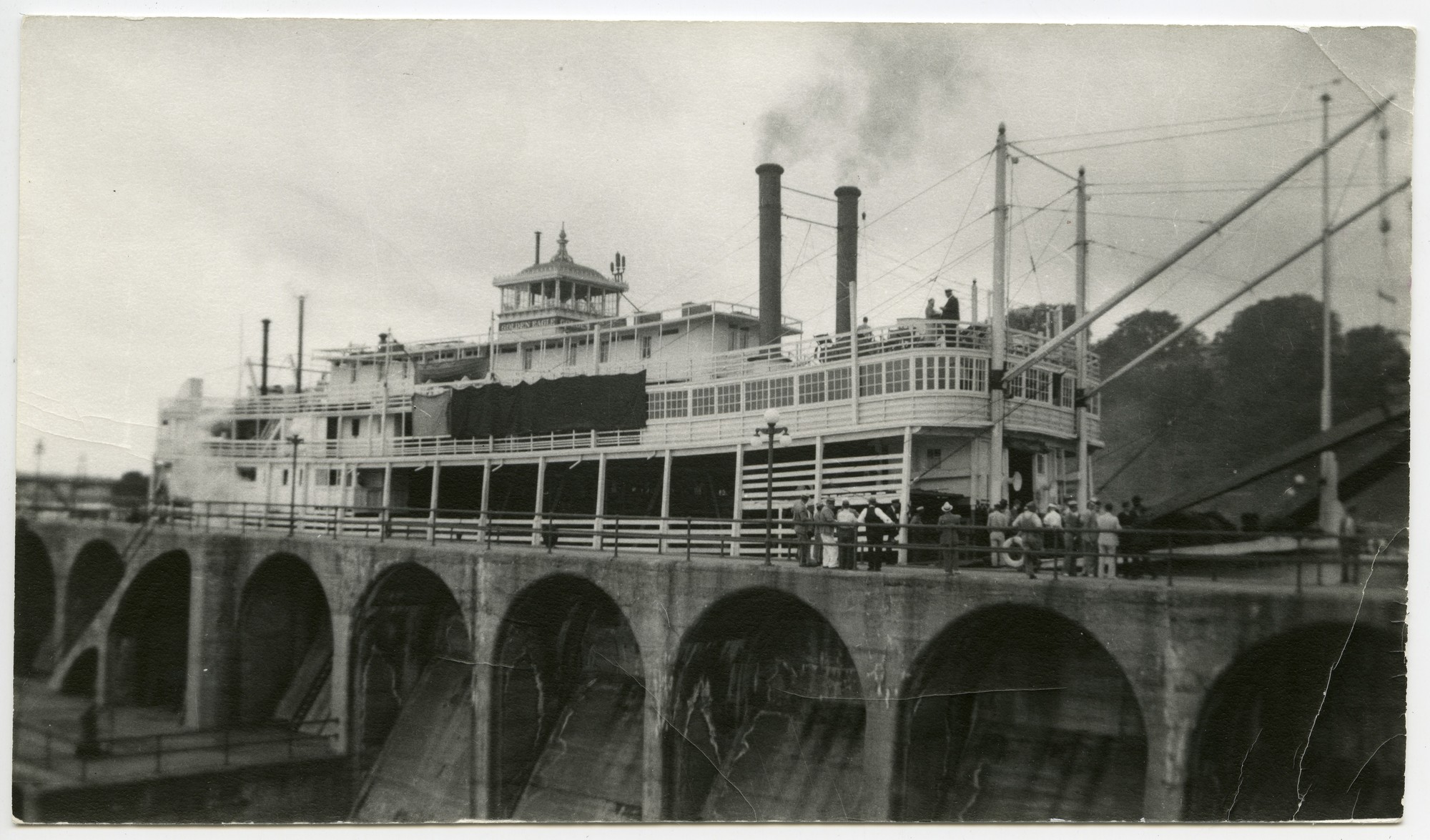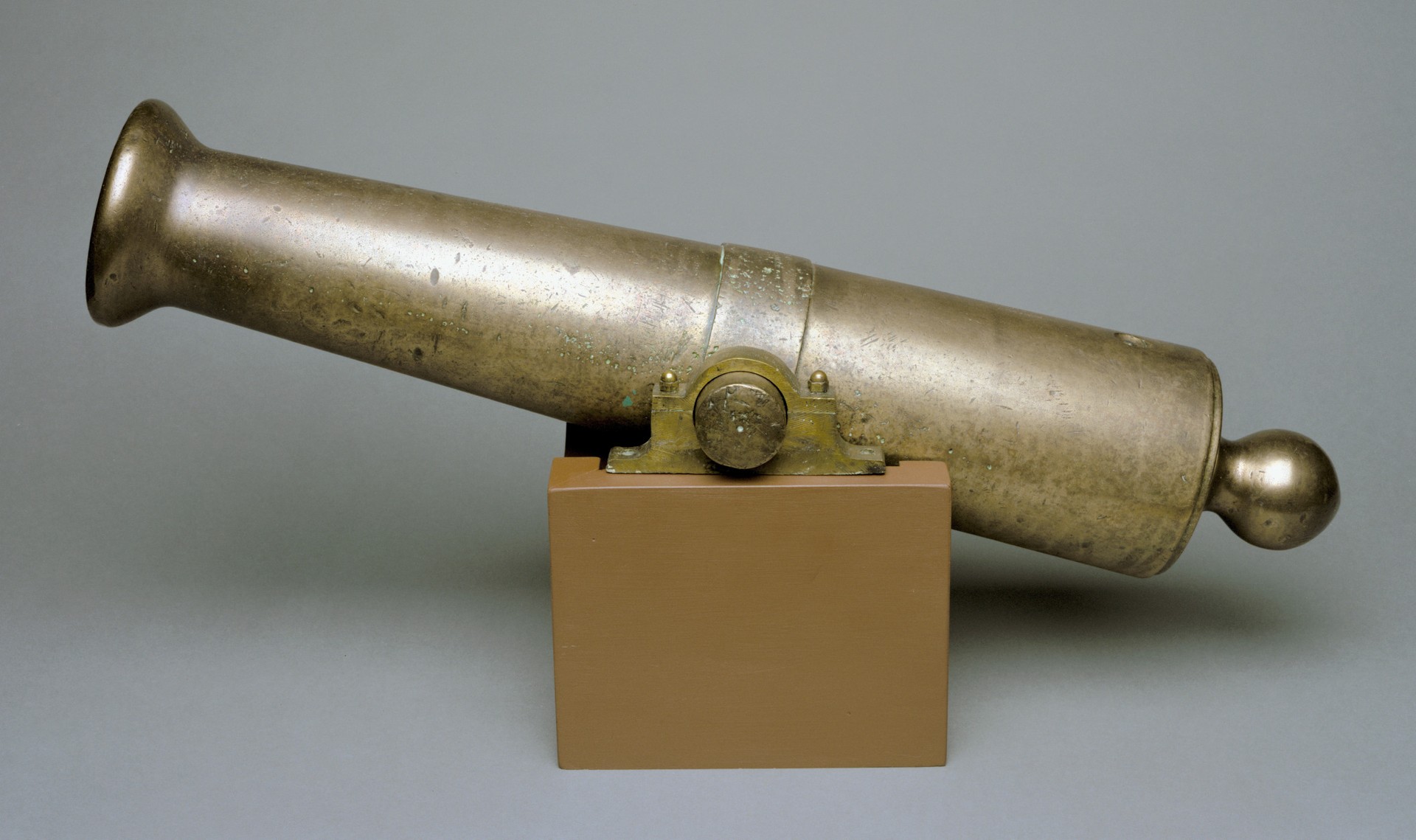
From an earthenware salt pan circa 1000-1700 found in Kimmswick, Missouri, to a pilothouse from the storied Golden Eagle steamboat, the new Missouri History Museum exhibition, “Mighty Mississippi,” puts the grandeur of North America’s greatest river on display, along with the cultures that have grown and thrived around it.

For thousands of years, the Mississippi River has been the lifeblood of the American heartland. Through ice ages and droughts, the river has seen the arrival of humans and the extinction of species.

“Mighty Mississippi,” a new 6,000-square-foot special exhibit that explores the rich heritage of the famous river opens at the Missouri History Museum on Saturday, Nov. 23.
With more than 200 artifacts, many dating back 1,000 years, the exhibit tells the story of survival along one of the world’s greatest watersheds, from its days as the largest and most influential American Indian centers of the Mississippian period; to the vast European and Indian fur trade networks that forever changed the continent; to the steamboats, factories and immigration of the Industrial Age.

In developing “Mighty Mississippi,” the museum drew from the impressive collections of the Missouri Historical Society, which houses and cares for one of the largest collections of intact Mississippian artifacts in the country. The exhibit features the largest display of Mississippian artifacts shown at the Missouri History Museum in three decades, including:
- Earthenware salt pan found in Kimmswick, Missouri ca. 1000—1700
- Stemmed points made from gar scales, ca. 900—1750
- Canada goose leg bone whistle, ca. 900—1750
- Twenty-six beads made of Leptoxis snail shell, ca. 450 —1400
- Mississippian water monster effigy bowl from St. Clair County, Illinois, ca. 1100—1400
- Lightning whelk from French Village, Illinois, ca. 900—1350
- Engraved gorget made from whelk shell, ca. 900—1350

Other artifacts featured are the pilothouse from the Golden Eagle steamboat, one of only a handful left in the United States, and one of the single largest artifacts in the Missouri Historical Society’s collection; a Northwest gun made by Robert Wheeler of Birmingham, England, 1802—1810; a Missouri war ax, 1800—1840; and a cannon used by the American Fur Company, ca. 1835.
“Mighty Mississippi” runs from Nov. 23 to April 18. For more information, visit mohistory.org
Exhibit of Top Pulitzer Prize Photographs Comes to St. Louis





